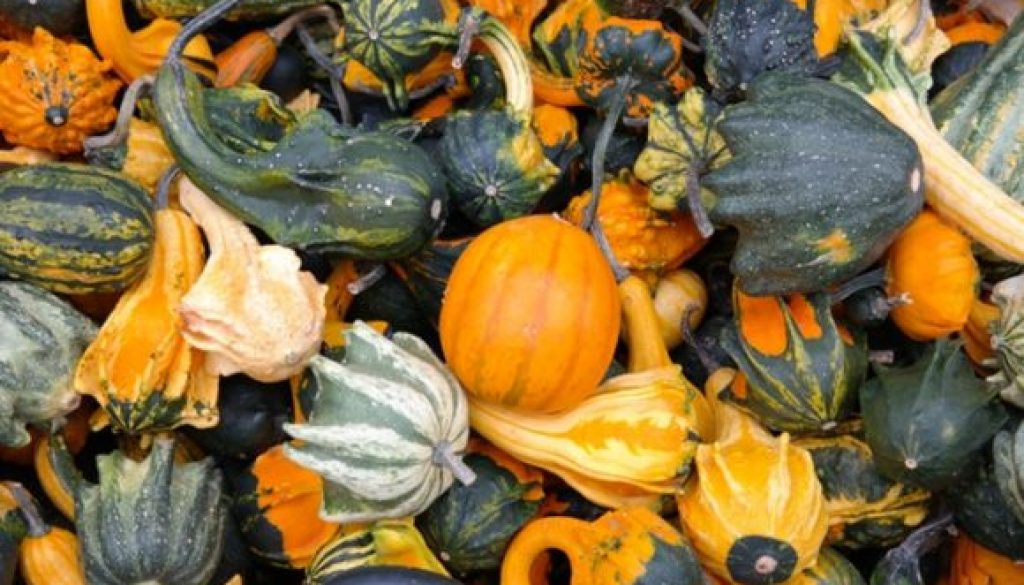Squash Bad Health
Squash, the word originating from the Narragansett Native American word askutasquash, is a vegetable that includes many varieties, all with unique health benefits. Some of the varieties of squash include:
- Pumpkins
- Zucchinis
- Marrows
- Courgettes
- Gourds
- And, so many more varieties, such as:
- Winter
- Hubbard
- Buttercup
- Acorn
- Summer
- Autumn
- And, cushaw.
Cooking Videos galore on my YouTube channel: http://bit.ly/1RYWcvN and SUBSCRIBE.
So, if you want to Squash bad health, try these amazing, colorful, & tasty vegetables. The many benefits provided from these are organic compounds. The vitamins include:
- Vitamin A
- Vitamin C
- Vitamin E
- Vitamin B6
- Niacin
- Thiamin
- Panotothenic acid
- And, Folate.
The minerals include:
- Iron
- Potassium
- Copper
- Manganese
- Magnesium
- Phosphorous
- And, calcium.
And, the carotenoids provide anti-inflammatory and antioxidant support.
So, what’s the big deal? Squash:
- Boosts Immunity
- Manages symptoms of diabetes
- Increases dietary fiber, improving digestion
- Reduces risk of cancer
- Anti-Parasitic, anti-fungal, & anti-microbial (seeds only)
- Reduces aging & toxic burden
- Improves lung health & breathing
- Reduces heart disease as a vasodilator & with pectin
- Improve eye sight & reduces vision issues
- Improve sleep
- Reduces inflammation
- Improves blood circulation & brain function
- Reduce osteoporosis risks
- Reduce blood pressure
- Supports a healthy pregnancy
- Fully cholesterol FREE
- And, SO much more!
BEWARE: for those of us with hypotension (low blood pressure), avoid squash, it may result in dangerously low blood pressure. For those with hypertension, this is the magic bullet to reduce blood pressure so eat regularly.
Nice! So how do we eat this amazing vegetable? First, make sure your squash is “heavy” when you pick it out for maximum “flesh” and, here are a few ideas on how to prepare it:
- Baking is most common
- Fried patties are an option
- Soup bases are a warming solution
- Toasted seeds
- Shredded raw shoots & flowers into salads
- Or, steamed cubes or slices in salads
Add one or more of these ingredients to make your squash extraordinarily delicious:
- Honey, agave, or coconut nector
- Cinnamon, cardamom and/or nutmeg
- Walnuts or Almonds
- Dried fruit
- Orange juice
- Onions or garlic
- Carrots or greens
- Coconut shreds or oil
- Or, apples
My favorite way to prepare squash (acorn or similar), is to cut it in half, scrape the seeds out, and then turn the halves face down onto an oiled baking pan. Bake at 350 for 45 minutes to 1 hour until the shells are soft. Remove from the oven, turn over and let sit while you prepare the syrup.
Make the syrup by putting butter or coconut oil in a sauce pan, add agave or coconut nectar (low glycemic) and a dash of salt. Bring to a low boil for 1 minute and remove from stove.
Add syrup into each half of the squash. Serve warm!
For great, healthy recipes, go to Part II of Intestinal Health – A Practical Guide to Complete Abdominal Comfort http://amzn.to/2bdaBX8 (Amazon.com)



